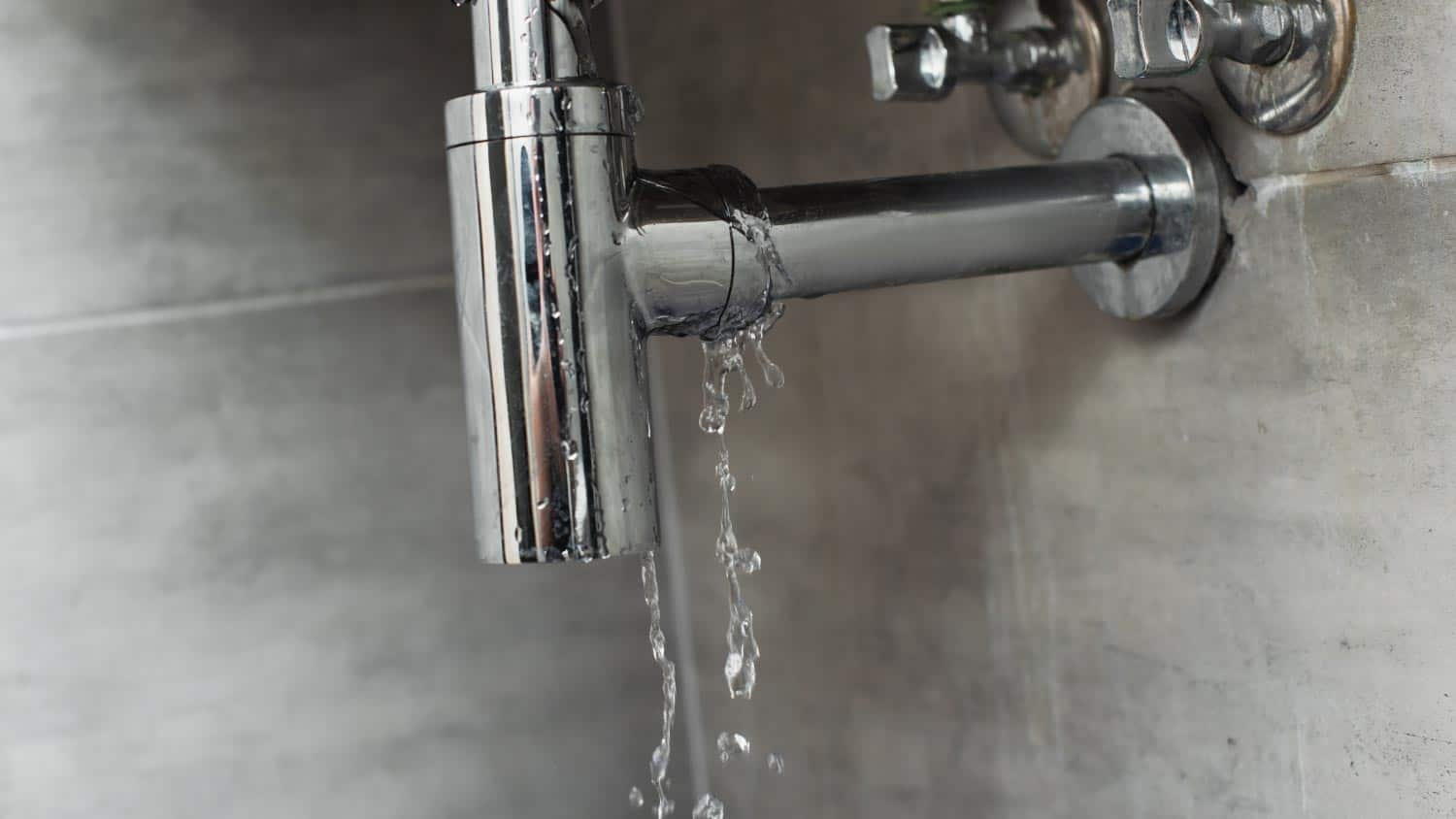Guide To Water Leak Detection In The House
Guide To Water Leak Detection In The House
Blog Article
They are making a few great points related to Locating water leaks overall in this article following next.

Early detection of leaking water lines can alleviate a prospective calamity. In addition to saving you cash, it will certainly minimize the irritation as well as frustration. The minute you locate a leak, calling your plumber for repair work is the very best remedy. Some little water leaks might not be noticeable. Here are some hacks that aid if you can not spot it with your nude eyes.
1. Analyze the Water Meter
Every home has a water meter. Checking it is a proven way that aids you find leakages. For starters, switch off all the water resources. Ensure no one will purge, utilize the tap, shower, run the washing machine or dish washer. From there, go to the meter and also watch if it will certainly change. Given that nobody is using it, there must be no motions. If it relocates, that indicates a fast-moving leakage. Similarly, if you discover no changes, wait an hour or two and also check back once again. This implies you might have a slow-moving leak that might even be underground.
2. Inspect Water Usage
If you detect unexpected adjustments, regardless of your intake being the exact same, it implies that you have leaks in your plumbing system. An abrupt spike in your costs indicates a fast-moving leakage.
On the other hand, a stable increase every month, despite having the very same routines, shows you have a slow-moving leakage that's additionally slowly rising. Call a plumber to extensively check your home, especially if you feel a warm location on your flooring with piping underneath.
3. Do a Food Coloring Examination
When it pertains to water usage, 30% originates from commodes. Examination to see if they are running effectively. Decrease flecks of food shade in the storage tank and also wait 10 minutes. There's a leakage in between the storage tank as well as dish if the color somehow infiltrates your dish throughout that time without flushing.
4. Asses Outside Lines
Don't neglect to inspect your outside water lines also. Needs to water seep out of the connection, you have a loose rubber gasket. One little leak can squander heaps of water as well as increase your water costs.
5. Evaluate and Examine the Circumstance
House owners must make it a behavior to examine under the sink counters as well as also inside cupboards for any type of bad odor or mold and mildew growth. These 2 red flags suggest a leak so prompt focus is required. Doing regular inspections, even bi-annually, can save you from a major issue.
Check for discolorations and weakening as most devices and also pipelines have a life span. If you think dripping water lines in your plumbing system, do not wait for it to intensify.
Early detection of leaking water lines can minimize a possible disaster. Some small water leakages may not be visible. Checking it is a guaranteed means that helps you discover leaks. One little leak can squander heaps of water and increase your water bill.
If you presume dripping water lines in your plumbing system, don't wait for it to intensify.
How to Know If Your Home Has a Hidden Leak
Water Meter Reveals Inexplicable Water Usage
If you’d like to test whether or not there’s a leak somewhere in your home, you can do this using your water meter. Here is how to conduct the test:
Don’t use any water in your home for at least 30 minutes; this also means not turning on faucets or water-using appliances.
Go outside, and check your water meter for activity.
If your water meter shows that there was activity, even though no one was using any water, this proves that there is a leak in your home.Visible Mold or Mildew Growth
Leaks behind walls create moist, dark environments that allow mold and mildew to grow and thrive. Eventually, you might see mold growth forming on the wall closest to a hidden leak.
If mold is growing in an area that receives a high amount of moisture, such as a bathroom, it may simply be an indication that better ventilation is needed. However, if you see mold growth on a wall or the ceiling in an area where you would not expect, you probably have a hidden leak.
Musty, Mildew Odor
Sometimes you might not be able to see the mold or mildew that is growing as a result of a leak. However, the smell can give the problem away just as easily. If you catch a whiff of something musty, there’s a good chance that old water is collecting somewhere in your home that you can’t see.
Stained/Warped Walls, Ceilings, or Floors
When your home soaks up water, a variety of red flags can become visible, including ceiling stains, bubbling drywall, warped walls, and sagging floors. While these issues can be caused by excess humidity, they can also be signs that a pipe or plumbing connection has started leaking behind your walls.
Inexplicably High Water Bill
After a while, you get a general sense for what your water bill should be. If you own a pool or sprinkler system, your bill will tend to be higher during summer. However, if you receive a water bill that seems especially high, and you can’t figure out what caused it, then you may have a hidden leak somewhere that’s increasing your bill.
https://www.plumbingjoint.com/blog/2019/july/how-to-know-if-your-home-has-a-hidden-leak/
.jpg)
Do you really like reading about Finding hidden leaks? Make a remark below. We would be glad to see your thoughts about this page. In hopes to see you back again later on. Sharing is caring. Who knows, you might be doing someone a favor. Thank you so much for going through it.
Report this page